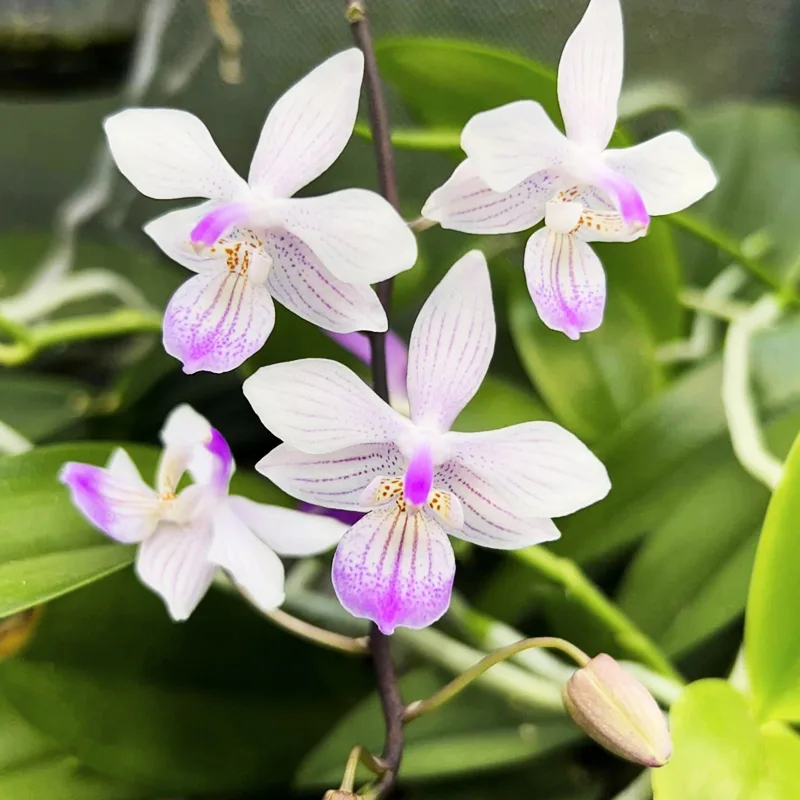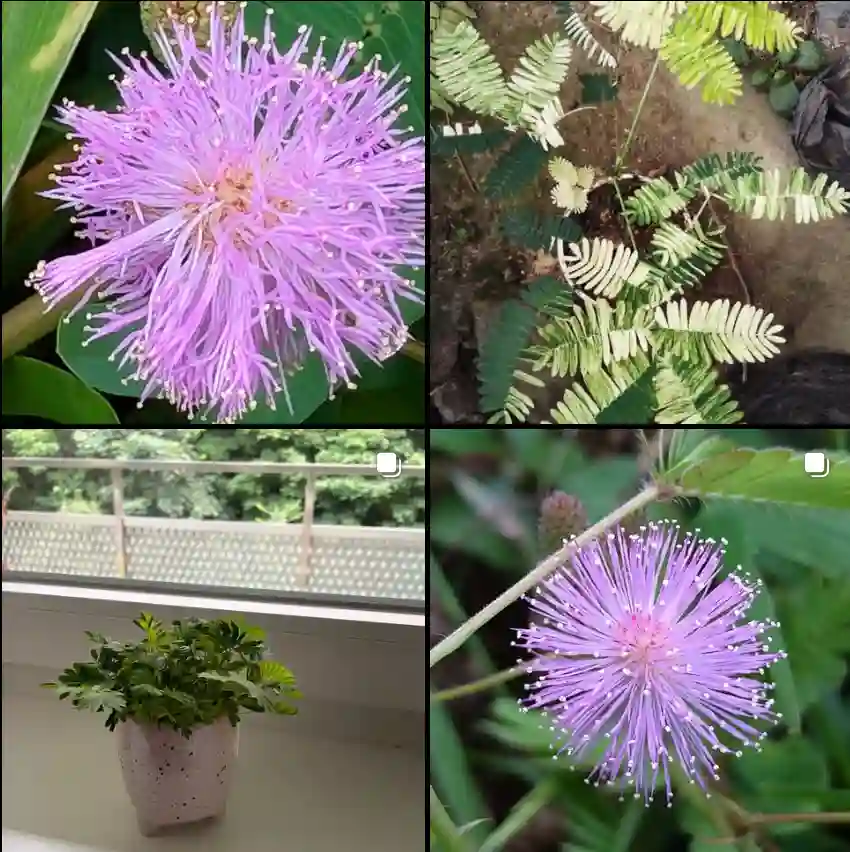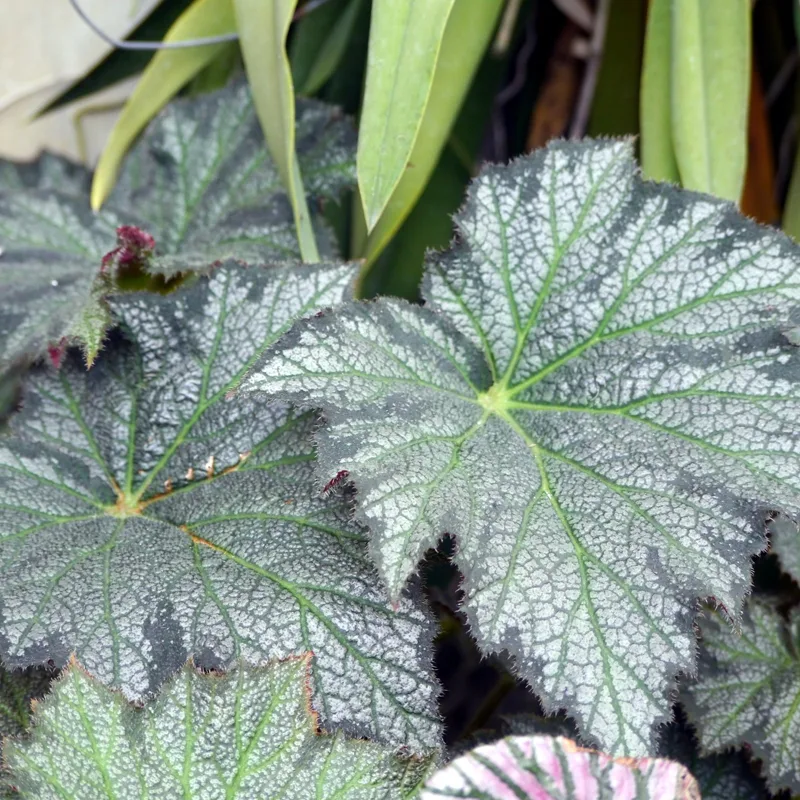October 22 – Ostrya
"Ostrya, the hop-hornbeam, represents October 22."
Ostrya symbolizes resilience and patience. Like this sturdy tree, you grow steadily and adapt to life’s challenges with quiet strength. Your grounded nature and ability to endure make you a reliable source of support for others.
Ostrya: The Ironwood That Won My Heart
My name is Ferb Vu, and I’ve always been drawn to the quiet strength of trees. Their silent resilience, their ability to weather storms and stand tall, has always inspired me. But there’s one genus of trees that holds a special place in my heart: Ostrya, the hop-hornbeams, belong to the Betulaceae family.
Now, I know what you might be thinking. “Hop-hornbeams? What in the world are those?” They’re not as flashy as a maple in autumn or as grand as an ancient oak. But they possess a subtle beauty and an inner fortitude that I find truly captivating.
Discovering the Charm of Ostrya
My first encounter with an Ostrya was purely accidental. I was hiking through a local forest, more focused on the birds flitting through the canopy than the trees themselves. But then, something caught my eye – a small, understory tree with bark that shimmered like shredded silk in the dappled sunlight. The leaves were simple and ovate, with finely serrated edges, reminding me of birch leaves. But it was the fruit that truly intrigued me. Hanging in clusters, they resembled the hops used in brewing beer, hence the common name “hop-hornbeam.”
Curious, I took a closer look. The bark, I discovered, was incredibly hard and dense, earning Ostrya the nickname “ironwood.” This density makes the wood incredibly strong and resistant to damage, perfect for making tool handles and other durable objects. But it’s not just the physical properties of Ostrya that I admire. It’s the tree’s overall character.
The Resilience of Hop-hornbeams
Ostrya species are known for their ability to thrive in challenging conditions. They can tolerate shade, drought, and even poor soil. They’re not demanding, they don’t complain, they just quietly persist. This resilience resonates with me on a deep level. Life throws curveballs, but like Ostrya, we can adapt, persevere, and even thrive in the face of adversity.
A Diverse Family
The genus Ostrya includes a fascinating array of species, each with its own unique characteristics and distribution. Here are a few that stand out:
- Ostrya carpinifolia (European Hop-hornbeam): This species is native to Europe and parts of Asia Minor. It’s known for its attractive foliage and its ability to tolerate urban conditions, making it a popular choice for landscaping.
- Ostrya japonica (Japanese Hop-hornbeam): As the name suggests, this species hails from Japan. It’s prized for its ornamental value, with its graceful form and attractive bark.
- Ostrya knowltonii (Knowlton’s Hop-hornbeam): This rare species is found in the southwestern United States. Its limited distribution and unique genetic makeup make it a priority for conservation efforts.
- Ostrya virginiana (American Hop-hornbeam): This widespread North American species is a common sight in eastern forests. Its tough wood was traditionally used by Native Americans for making bows and other tools.
- Ostrya chinensis I.M.Turner
- Ostrya rehderiana Chun
- Ostrya trichocarpa D.Fang & Y.S.Wang
- Ostrya yunnanensis W.K.Hu
More Than Just a Tree
My fascination with Ostrya has led me to learn more about the intricate relationships between trees and their environment. These trees play a vital role in their ecosystems, providing food and shelter for wildlife, stabilizing soil, and even influencing the local climate.
Ostrya also has a rich history of human use. Beyond its practical applications, the tree has been used in traditional medicine and even folklore. In some cultures, it’s believed to have protective qualities.
For me, Ostrya represents more than just a tree. It’s a symbol of strength, resilience, and the quiet beauty that can be found in the most unexpected places. It’s a reminder that even in the face of challenges, we can stand tall and endure.
If i die, water my plants!



